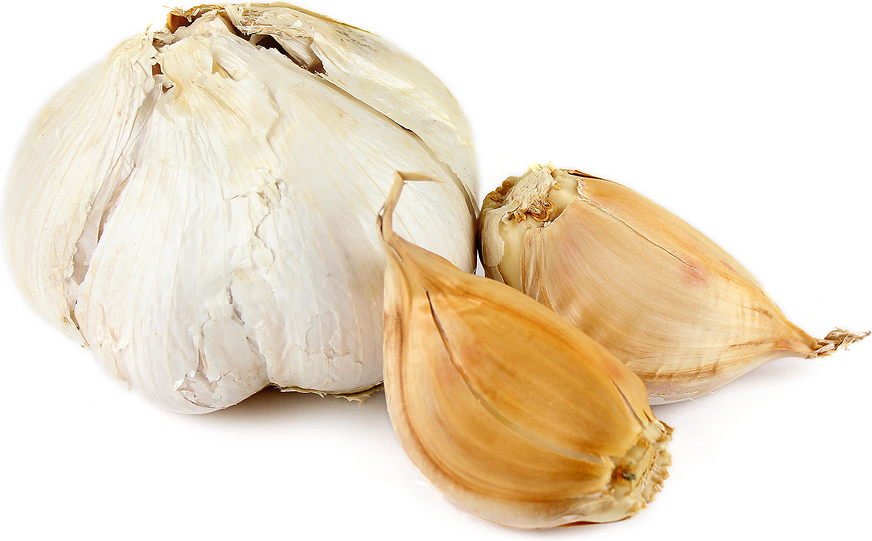ELEPHANT GARLIC PLANTING GUIDE - Organic Heirloom Gardens
Posted by Organic Heirloom Gardens on Feb 12th 2019
Elephant garlic, also known as Giant Garlic, Great-headed Garlic, French Garlic, and Oriental Garlic is actually not garlic at all. It is more closely related to a leek. Elephant garlic as the name would suggest is much larger than its softneck and hardneck garlic cousins. Bulbs usually weight about ½ pound each. There is usually 3-4 cloves per bulb. One clove is the size of a normal garlic bulb. You will find the flavor is more mild producing a taste between an onion and regular garlic. Elephant garlic is a culinary delight and used by chefs around the world. It can be prepared roasted, grilled with herbs, and many other ways. It is used in a multitude of recipes and can substitute onions, shallots, or garlic in a recipe depending on your taste.
- Common Name: Elephant Garlic
- Botanical Name: Allium ampeloprasum var. Ampeloprasum
- Hardiness Zones: 2-10 (3-9 Most Ideal)
- Seed Spacing: 8-12 Inches
- Seed Depth: 4-6 Inches
- Row Spacing: 30-36 Inches
- Soil: Well Drained, Fertile (Amend with compost as needed)
- When To Plant: Fall or Early Spring (Fall is best for cold climates, 4-6 weeks before ground freezes)
- Days To Maturity: 90-100 (Spring Planted), 220-240 (Fall Planted)

PLANTING STEP BY STEP
- Elephant garlic likes loose soil, till soil 8-12 inches deep.
- Amend soil with a rich compost, spread it throughout planting area. Till compost to mix with soil.
- Add a thin extra layer of compost before planting, about 1 inch deep.
- Spread and level out the planting area.
- Plant cloves 4-6 inches deep, 8-12 inches apart, and rows 30-36 inches apart.
- After planting, cover cloves with dirt.
- Add an additional inch of compost over the rows, spread evenly.

CARE
- Mulch with additional compost in early spring.
- Fertilize throughout spring to get big bulbs.
- Water regularly, but do not waterlog. Garlic will need less watering if mulch is used.
- Make sure soil is well-drained. Mulch will help retain moisture and prevent weeds.
- All weeds must be pulled. Garlic does NOT compete well with weeds. This is especially true in the early spring.
- When garlic plant develops a flower stalk or scape, remove it. This will allow the plant to concentrate on bulbing.

HARVEST/STORAGE
- Elephant garlic is ready to harvest when the leaves turn yellow and brown. Stop watering when this happens.
- When harvesting use fork to loosen soil. Pull up by stalk.
- Once harvested let bulbs dry in cool dark spot for a few days, then get as much dirt off as possible without washing.
- Always handle garlic bulbs very carefully, bruising will encourage rot.
- Allow garlic to cure for 3-8 weeks before being stored. Spread the bulbs out on an open screen off the ground. Dry in a cool, dark place. During this curing process there also needs to be plenty of air movement, use a fan is necessary.
- Store at 40 to 55 degrees F. No more than 50% humidity to prevent mold. Mature, dry-skinned bulbs like it cool and dry.
- Elephant garlic can be stored for about 12 months. As the garlic ages the flavor becomes richer than it is when picked.

